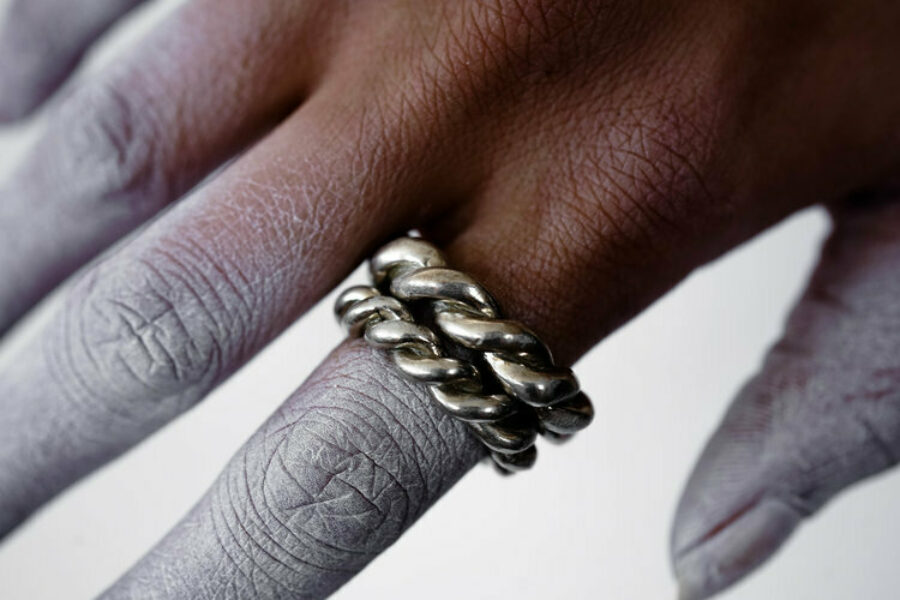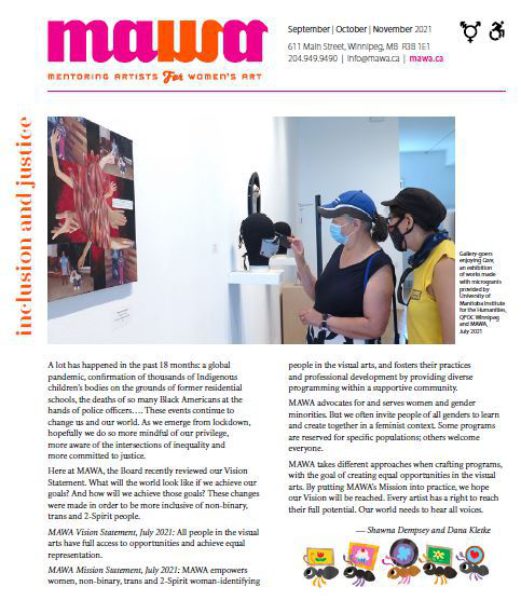
Text & Tactility
by Nehal El-Hadi
Since becoming the editor of Studio Magazine two years ago, I’ve found myself immersed in a wondrous world of matter and making. I came into the position as a journalist and researcher, but it was in learning about craft processes, techniques, stories, objects and people that I have found my own life and work re-enchanted. I find that my own craft of writing is influenced by the things I have learned about matter and making.
There are many phrases and approaches that reflect the relationship between language and objects: many wildly successful self-help books recommend envisioning and naming desires to attract them into one’s life. We’re told to watch what we think and say, so as not to act in bad faith. One of my favourite quotes comes from Saul Williams’ The Dead Emcee Scrolls: “What we say matters (becomes matter).”
My immersion in the world of craft has revealed to me the sophisticated and complex relationships between objects and language, the latter of which we sometimes use so casually. The vocabulary we develop shapes our cosmologies—our ways of seeing, understanding and being in the world.
In an essay titled “The Matter in Hand,” craft scholar and curator Martina Margetts begins: “Craft means creativity, activity and productivity. In contrast, the meaning of material is full of ambiguity.”[ii] It is through descriptive language that the function and aesthetics of the crafted object come into being, through narrative that the crafted object acquires meaning.
The somesthetic senses are touch, kinaesthesia (awareness of the ways in which one occupies or moves through space) and haptic perception, which combines movement and touch and happens when we actively engage with an object. In our bodies, mechanoreceptors, thermoreceptors and nocireceptors—which sense movement, temperature and pain, respectively—convert information into nerve signals. There are six different mechanoreceptors[iii] that respond to touch, pressure, vibration and stretching. Our skin is both the boundary between ourselves and everything else, and the interface through which we experience our environments and the objects in them.
Language further translates these experiences and allows us to make sense of these interactions with our physical environments: we assign meanings, create narratives, produce memories, develop desires.
But touch comes way before language. The sense of touch is our first sense to develop in the womb, appearing approximately seven to eight weeks after conception (some research indicates it might even be as early as three weeks). The sense of touch for a newborn is mainly experienced through being handled: picked up, held, wiped.
Touch is one of the ways in which we first gain literacy about our environment and objects within it. Our experiences and perception of touch reveal a reading of materials that we cannot necessarily confirm by sight alone: weight, texture, temperature. Makers and artists rely on touch—often more than sight—for an understanding of their materials: an accumulated literacy acquired through years of sensing can indicate through touch alone the viscosity of a clay, the brittleness of a glass, how a fabric feels against the skin.
An approach derived from cultural studies would also approach and “read” the crafted object as text: one which contains the narratives of the places, processes and people involved in its production, as well as the contexts of its use. Focusing on a study of the crafted object to explore our own nature — what would be referred to as an object-oriented ontology — reveals different understandings of what it means to be human. “Functional objects bear images of us as users and as human beings,”[iv] writes Anders Ljungberg, and this application and communication of meaning and function is revelatory.
Akin to media theorist Marshall McLuhan’s “the medium is the message,” Anni Albers once responded in a panel:
How do we choose our specific material, our means of communication? “Accidentally.” Something speaks to us, a sound, a touch, hardness or softness, it catches us and asks us to be formed. We are finding our language, and as we go along we learn to obey their rules and their limits… What I am trying to get across is that material is a means of communication.[v]
I’m still learning about the ways in which craft provides understanding beyond language, and text beyond metaphor. In an increasingly digital (and recently, isolated) world, spending more time interacting with objects is driven by a more visceral need to make sense of the changing world around us.
Nehal El-Hadi is a writer, researcher, and editor whose work explores the relationships between the body (racialised, gendered), place (urban, virtual) and technology (internet, health). She lives in Toronto, where she is the Science+Technology Editor at The Conversation Canada and Editor-in-Chief of Studio Magazine
Williams, S. (2006). The Dead Emcee Scrolls: The Lost Teachings of Hip-Hop. NYC: MTV Books.
[ii] Margetts, M. (2018). “The Matter in Hand,” in K. A. Bull & A. Gali (eds.) Documents on Contemporary Craft No. 5: Material Perceptions. Oslo: Norwegian Crafts.
[iii] Marzvanyan, A., and A.F. Alhawaj (2020). Physiology, Sensory Receptors. https://www.ncbi.nlm.nih.gov/books/NBK539861/
[iv] Ljunberg, A. (2018). “An Emotional Perspective on Everyday Use,” in K. A. Bull & A. Gali (eds.) Documents on Contemporary Craft No. 5: Material Perceptions. Oslo: Norwegian Crafts.
[v] Albers, A. (1982). “Material as Metaphor.” https://albersfoundation.org/artists/selected-writings/anni-albers/#tab4

